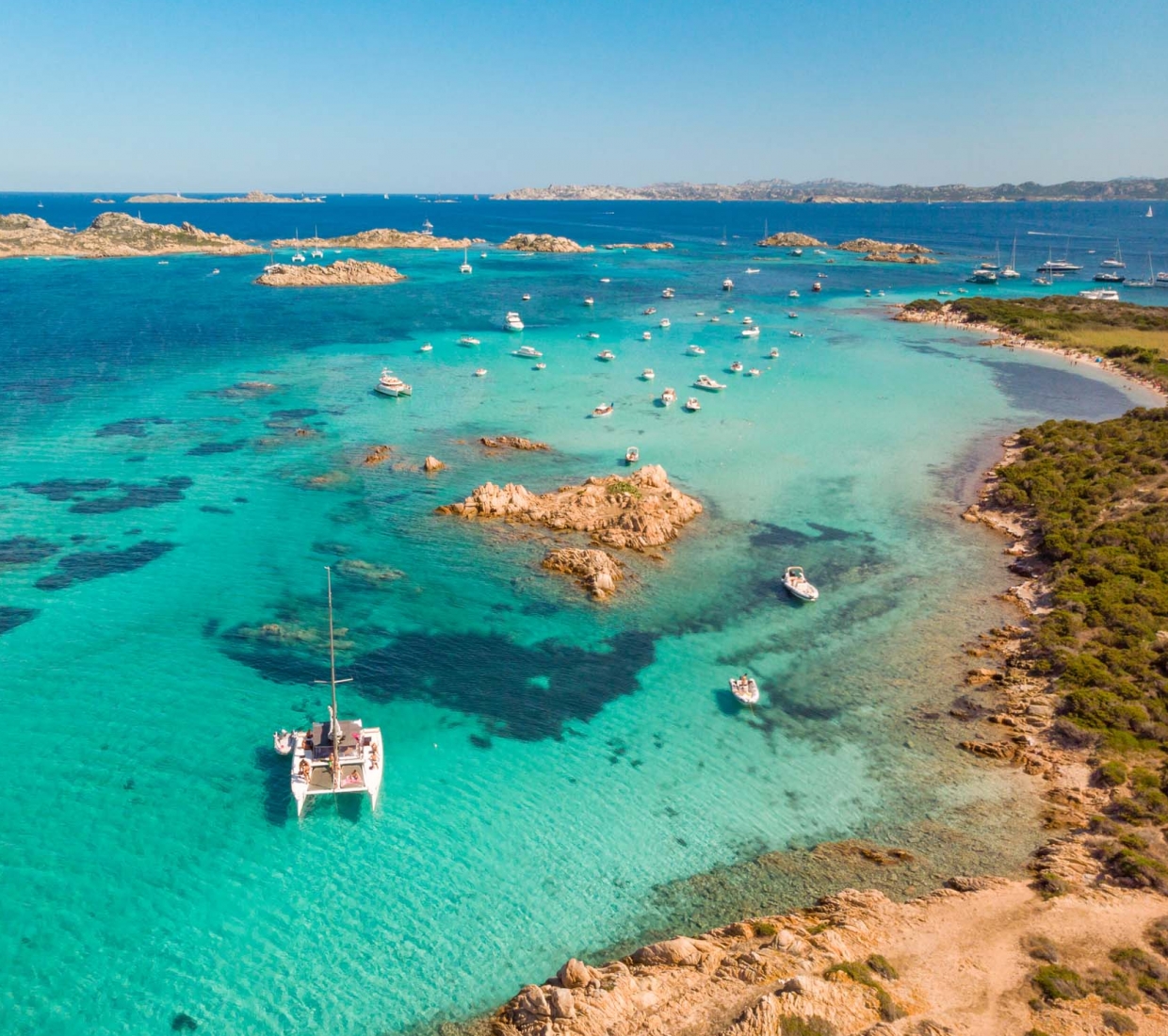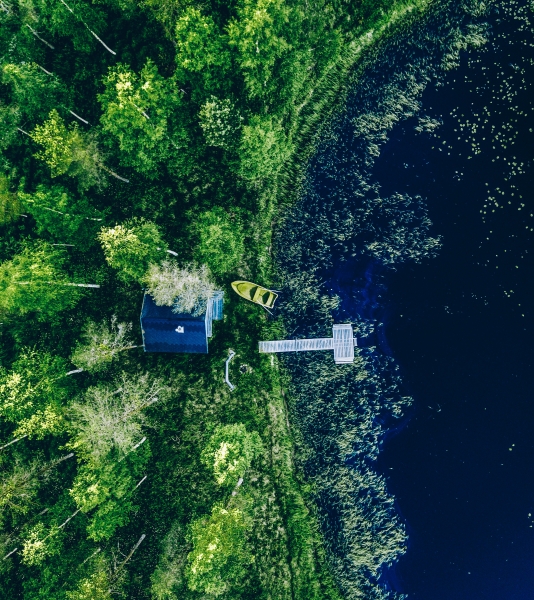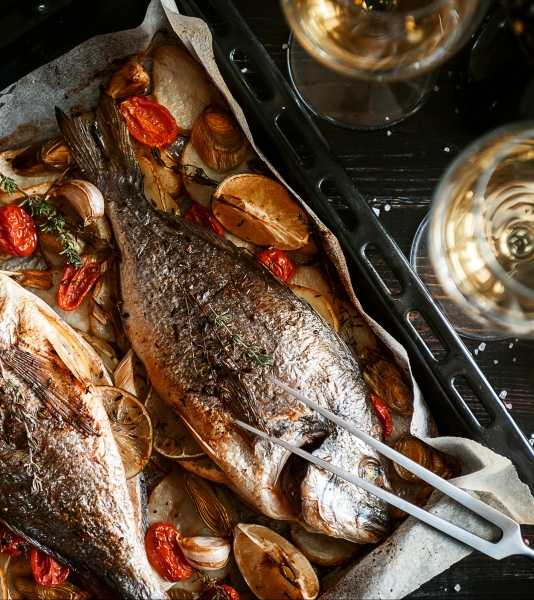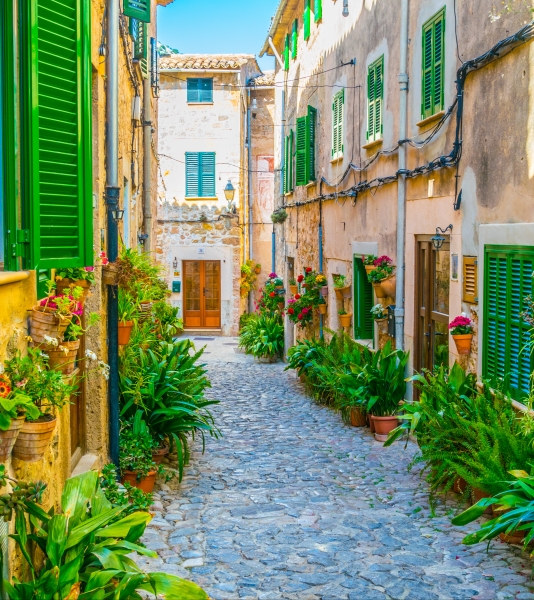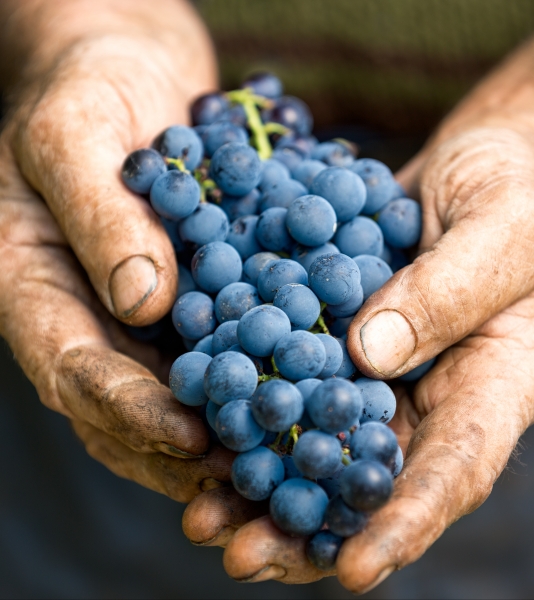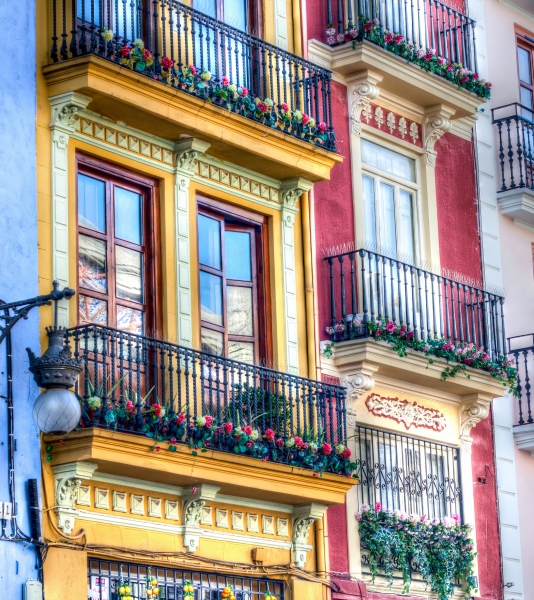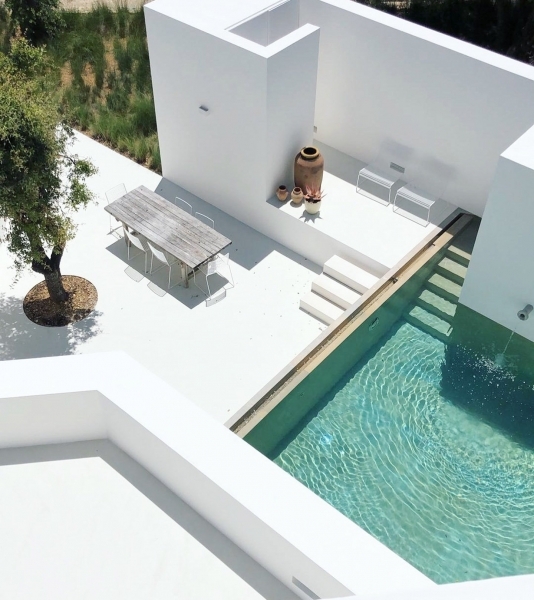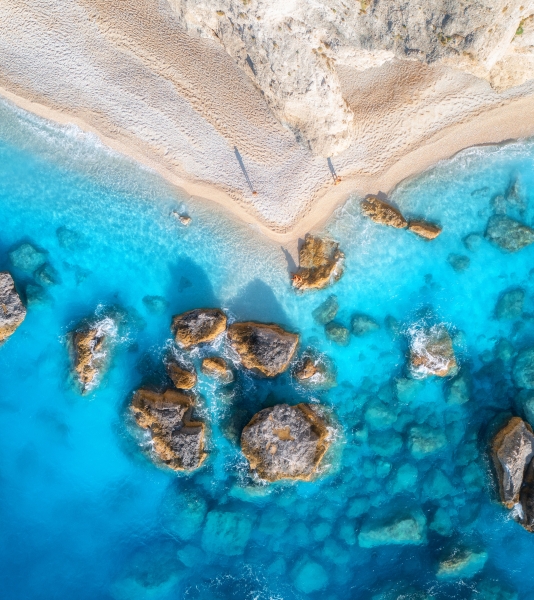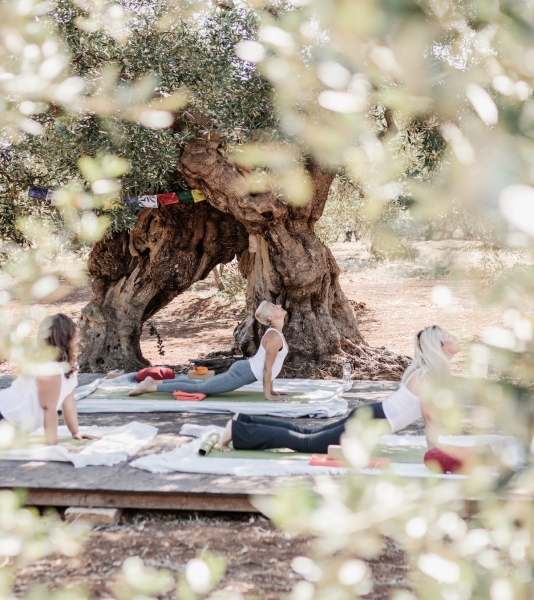Where to stay in Sardinia
A wide range of great holiday accommodations greets visitors to Sardinia, a magnificent Mediterranean island known for its magnificent scenery and rich culture. Choose from lovely boutique hotels in Sardinia that are located along picturesque coasts and offer an authentic island experience. Alternatively, indulge in comfort at Sardinian luxury hotels with stunning views of the azure sea.
Choose stylish bed and breakfasts in lovely towns, noted for its medieval beauty, cobblestone alleyways, and busy markets, for a more local experience.
Whether you're looking for a romantic trip or a family-friendly vacation, Sardinia has a variety of options to suit any traveller’s needs. Immerse yourself in the enchantment of this beautiful island and make lasting memories as you search for the ideal spot to call home during your Sardinia vacation.
This small guide is organized into the following sections:
- Where to stay in Sardinia: hidden treasures, local spots
- What to do in Sardinia: activities and cultural highlights
- Our recommendations in Sardinia
- Sardinian gastronomic delights
If you have certain interests or already know what type of accommodation you are looking for, the following collections might help you find the perfect place to stay:
Our favourite towns, villages and places to stay in Sardinia
Sardinia is the second largest island on the Mediterranean Sea and is located just west of Italy. The island is known for its picturesque coastlines, crystal clear waters and traditional cuisine. These are our recommendations for the most beautiful places to stay and a selection of small boutique hotels and cute holiday homes in Sardinia.
On the north of the island, you will find the Costa Smeralda, one of the most famous parts of Sardinia. Here you will find luxurious resorts and chic beach houses, elegant restaurants and amazing beaches. Particularly recommended are the beaches of Capriccioli and Liscia Ruja, both surrounded by turquoise waters. Another must is the beach of La Spiaggia del Principe on the Costa Smeralda, considered one of the most beautiful beaches in the world.
Not far away is Castelsardo, a delightful medieval village by the sea. Here you'll find narrow streets, historic buildings and a castle perched on a hill, as well as some of the island's best nuraghi sites. Visit Su Nuraxi in Barumini, a UNESCO World Heritage Site, or the complex of Nuraghe Santu Antine in Torralba.
Most visitors choose to stay in Porto Cervo or Olbia, both of which offer a good selection of accommodation, from seafront hotels to simple guesthouses.
To the south of Sardinia is the capital city of Cagliari. Here you can visit the historic old town, which is surrounded by medieval city walls. Cagliari Cathedral and the Torre di San Pancrazio are also worth a visit. In the surroundings of Cagliari there are also some beautiful beaches, such as Poetto and Mari Pintau, as well as the famous and picture-perfect beaches of Costa Rei and the beach of Chia with clear water and fine sand. Here it's wonderful to stay in romantic holiday villas or cosy boutique hotels.
There are also many archaeological sites to visit that date back to the Nuraghic civilisation. One of the most famous is Su Nuraxi, which is a UNESCO World Heritage Site. Here you can visit the remains of an ancient tower and settlement from the Bronze Age.
Whether you choose a beach holiday or a cultural exploration, the south of Sardinia has something for everyone and a wide choice of luxury hotels in Sardinia and self-catering holiday flats.
In the east of Sardinia there are also some beautiful beaches, such as Cala Gonone and Cala Luna and the beaches around the coastal town of Villasimius. It's also worth visiting the Grotta del Bue Marino, a spectacular cave that can be accessed from the sea.
In addition, you can find the Gennargentu Mountains, the highest mountain range in Sardinia, which offers a landscape of scenic villages and untouched nature that is worth seeing. From hiking and cycling to getting to know the local culture, anything is possible there.
As you can imagine, every area of Sardinia presents a distinct atmosphere and side of the island, and each part is special and worth visiting:
Costa Smeralda: With its pristine beaches, premium resorts, and elite yacht clubs, Costa Smeralda offers a sumptuous ambience.
Alghero: Take a stroll around the picturesque old town of Alghero, where Catalan influences merge with Sardinian traditions to create a one-of-a-kind cultural experience.
Cagliari: Discover Cagliari, the dynamic capital city with historic ruins, a charming old town, and spectacular panoramic views from its hilltop castle.
Olbia: Explore the lively port town of Olbia, which serves as a gateway to the stunning Costa Smeralda and its surrounding natural beauties.
Nuoro: In Nuoro, noted for its traditional crafts, folk festivals, and stunning mountain scenery, you may immerse yourself in the heart of Sardinian customs.
Whether you're seeking relaxation on sandy beaches, exploring ancient ruins, or savoring the island's delectable cuisine, Sardinia promises an unforgettable journey filled with the beauty and authenticity of this Mediterranean gem.
Recommendations Sardinia
Sardinia is the second largest island on the Mediterranean Sea and is located just west of Italy. The island is known for its picturesque coastlines, crystal clear waters and traditional cuisine. These are our recommendations for the most beautiful places to stay and a selection of small boutique hotels and cute holiday homes in Sardinia.
On the north of the island, you will find the Costa Smeralda, one of the most famous parts of Sardinia. Here you will find luxurious resorts and chic beach houses, elegant restaurants and amazing beaches. Particularly recommended are the beaches of Capriccioli and Liscia Ruja, both surrounded by turquoise waters. Another must is the beach of La Spiaggia del Principe on the Costa Smeralda, considered one of the most beautiful beaches in the world.
Not far away is Castelsardo, a delightful medieval village by the sea. Here you'll find narrow streets, historic We would particularly recommend the islands of La Maddalena in the north of Sardinia. The archipelago consists of several small islands that can be reached by boat. Here you will find some of the most beautiful beaches on the island and a spectacular landscape.
The La Maddalena National Park is our second insider tip. It includes a group of islands and is known for its unspoilt landscapes. Here you will find numerous hiking trails that lead to breath-taking viewpoints.
And, if you’r looking for off-the-beaten-track places to see in Sardinia, we highly recommend to visit Isola dell'Asinara, an isolated and protected island once housing a high-security prison. Today, it is a sanctuary of untouched nature, home to diverse wildlife and pristine beaches accessible through guided tour.
And, lastly, don’t miss S'Archittu, near Cuglieri, a natural limestone arch that dramatically frames the azure sea, giving an inviting setting for peaceful walks and beautiful photography.
Sardinian gastronomy
When it comes to eating, you should definitely try Sardinian specialities such as porceddu (suckling pig) and fregula (small pasta made of durum wheat semolina).
Let's start with Porceddu which is a traditional dish of suckling pig grilled on open fire. It is tender, juicy and has a unique taste. Vegetarians should taste seadas, a kind of deep-fried dumplings filled with Sardinian cheese, pecorino, and drizzled with honey. They are sweet and savoury at the same time and an unforgettable culinary experience. A must-try for every visitor is Malloreddus, small pasta in the shape of gnocchi, traditionally served with tomato sauce and sausage. It is one of the most famous Sardinian specialities.
Fish lovers can't miss out on bottarga. The salted and dried roe of mullet and tuna is often served as a delicacy and placed in thin slices on salad or pasta. You should drink Cannonau, a Sardinian red wine made from an indigenous grape, with it. It is strong, rich and often has hints of dark berries and spices. Sardinian cuisine is very diverse and offers a wealth of traditional dishes made from local produce.
There are many other Sardinian specialities to try, such as pane carasau, a type of wafer-thin flatbread, or mirto, a liqueur made from the myrtle fruit. No matter what you eat in Sardinia, you are sure to be impressed by the fresh ingredients, the intense flavours and attention to detail that can be felt in every dish.
Our collections
Don’t know where to go? Let our collections inspire you.

